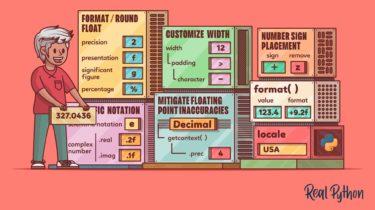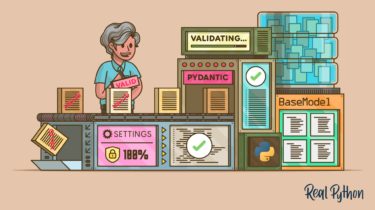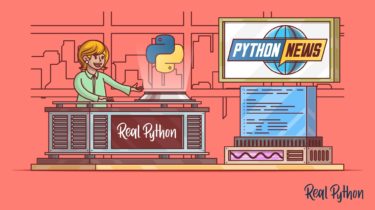Managing Multiple Python Versions With pyenv
Interactive Quiz ⋅ 9 QuestionsBy Martin Breuss In this quiz, you’ll test your understanding of how to use pyenv to manage multiple versions of Python. You’ll revisit how to install multiple versions of Python and switch between the installed versions. The quiz contains 9 questions and there is no time limit. You’ll get 1 point for each correct answer. At the end of the quiz, you’ll receive a total score. The maximum score is 100%. Good luck! « Browse All […]
Read more


